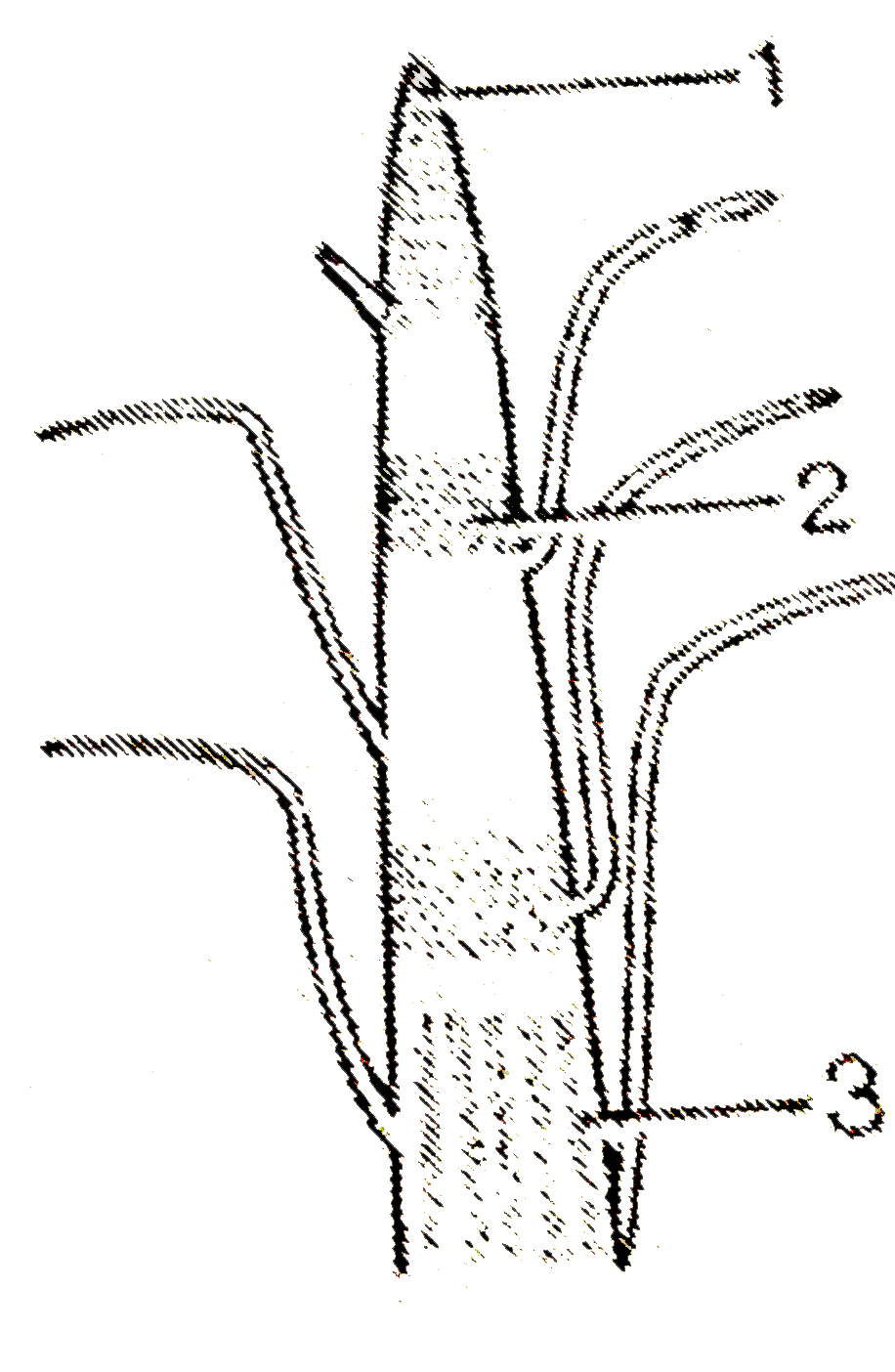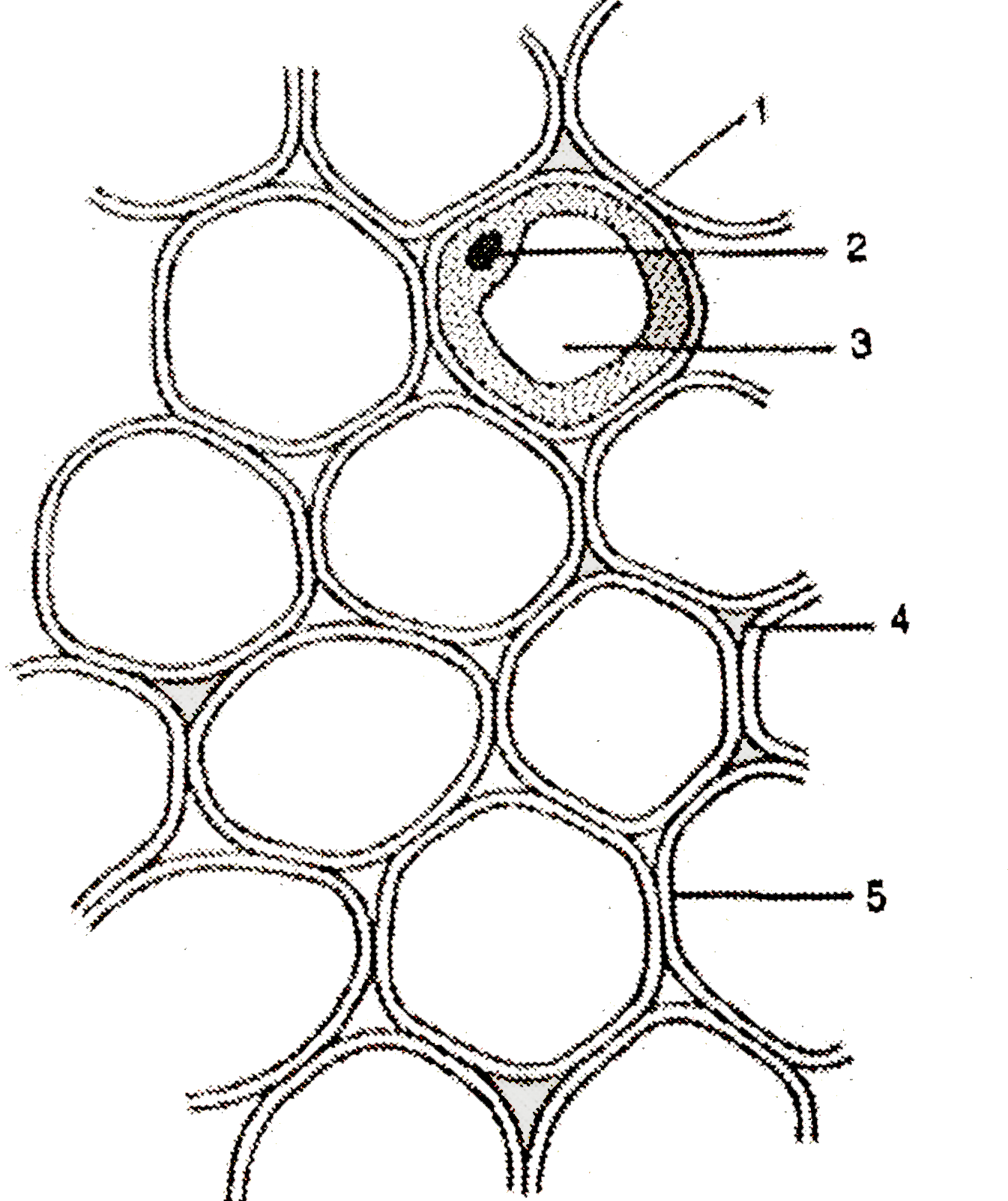(a) To which group this organism belongs ?
(b) Lebel the parts marked 1 to 7
(c) What is the function of part marked 7 ?

The correct Answer is:N/a
(a) The organism is a bony fish belonging to class Pisces
(b) 1. Operculum , 2. Dorsal fin , 3. Pectoral fin , 4. Pelvic fin , 5. Anal fin , 6. Caudal fin , 7. Lateral line
(c) The lateral line system is fish bears neuromast organs which are rheoreceptors, i.e., they can feel the waves of water and make the fish orient its body accordingly.
Topper's Solved these Questions
- BOOK - LAKHMIR SINGH & MANJIT KAURCHAPTER - DIVERSITY IN LIVING ORGANISMSEXERCISE - Class Assignment1videos
DIVERSITY IN LIVING ORGANISMS
- BOOK - LAKHMIR SINGH & MANJIT KAURCHAPTER - DIVERSITY IN LIVING ORGANISMSEXERCISE - NCERT Textbook1videos
DIVERSITY IN LIVING ORGANISMS
- BOOK - LAKHMIR SINGH & MANJIT KAURCHAPTER - DIVERSITY IN LIVING ORGANISMSEXERCISE - Value Based5videos
DIVERSITY IN LIVING ORGANISMS
- BOOK - LAKHMIR SINGH & MANJIT KAURCHAPTER - IMPROVEMENTS IN FOOD RESOURCES EXERCISE - VERY SHORT ANSWER QUESTIONS28videos
IMPROVEMENTS IN FOOD RESOURCES
Similar Questions
Knowledge Check
- Question 1 - Select One
The parts marked A,B and C in the following plants are :
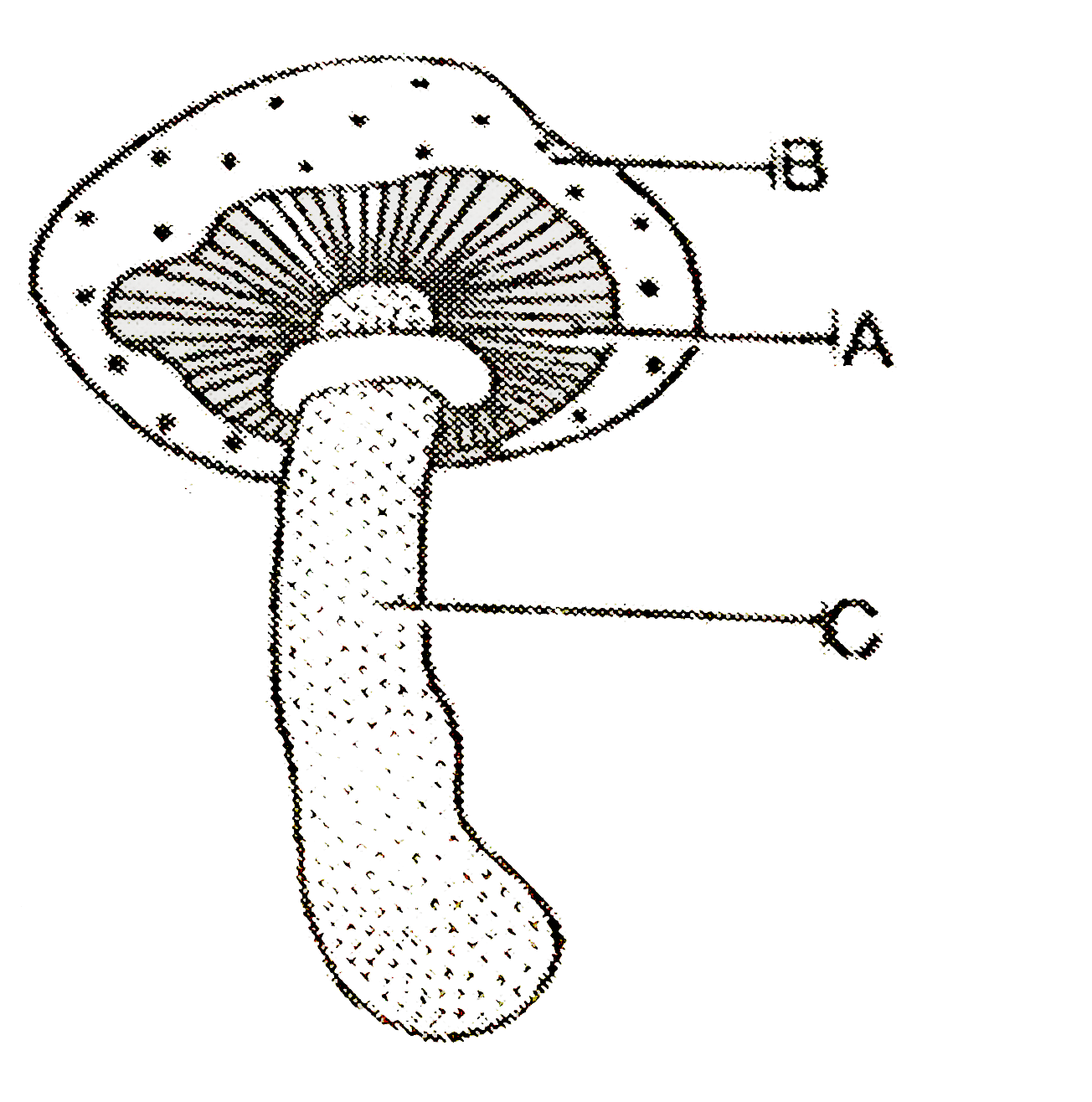 Agills, pileus and stipeBgills, stipe and pileusCpileus, gills and stipeDstipe, gills and pileus
Agills, pileus and stipeBgills, stipe and pileusCpileus, gills and stipeDstipe, gills and pileus - Question 2 - Select One
Identify the parts of seed marked as A and B.
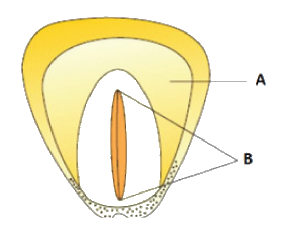 AA - embryo, B - endospermBA - endosperm, B - embryoCA - plumule, B - radicleDA - radicle, B - plumule
AA - embryo, B - endospermBA - endosperm, B - embryoCA - plumule, B - radicleDA - radicle, B - plumule
Identify the tissue.
(b) Labels the parts marked 1,2 and 3.
(c) What is the location of this tissue ?
 View Solution
View Solution(a) Identify the following figure
(b) Label the parts marked 1 to 4.View Solution(a) Identify the tissue.
(b) Labels the parts marked 1,2 and 3.
(c) What type of this tissue and where it occurs in body
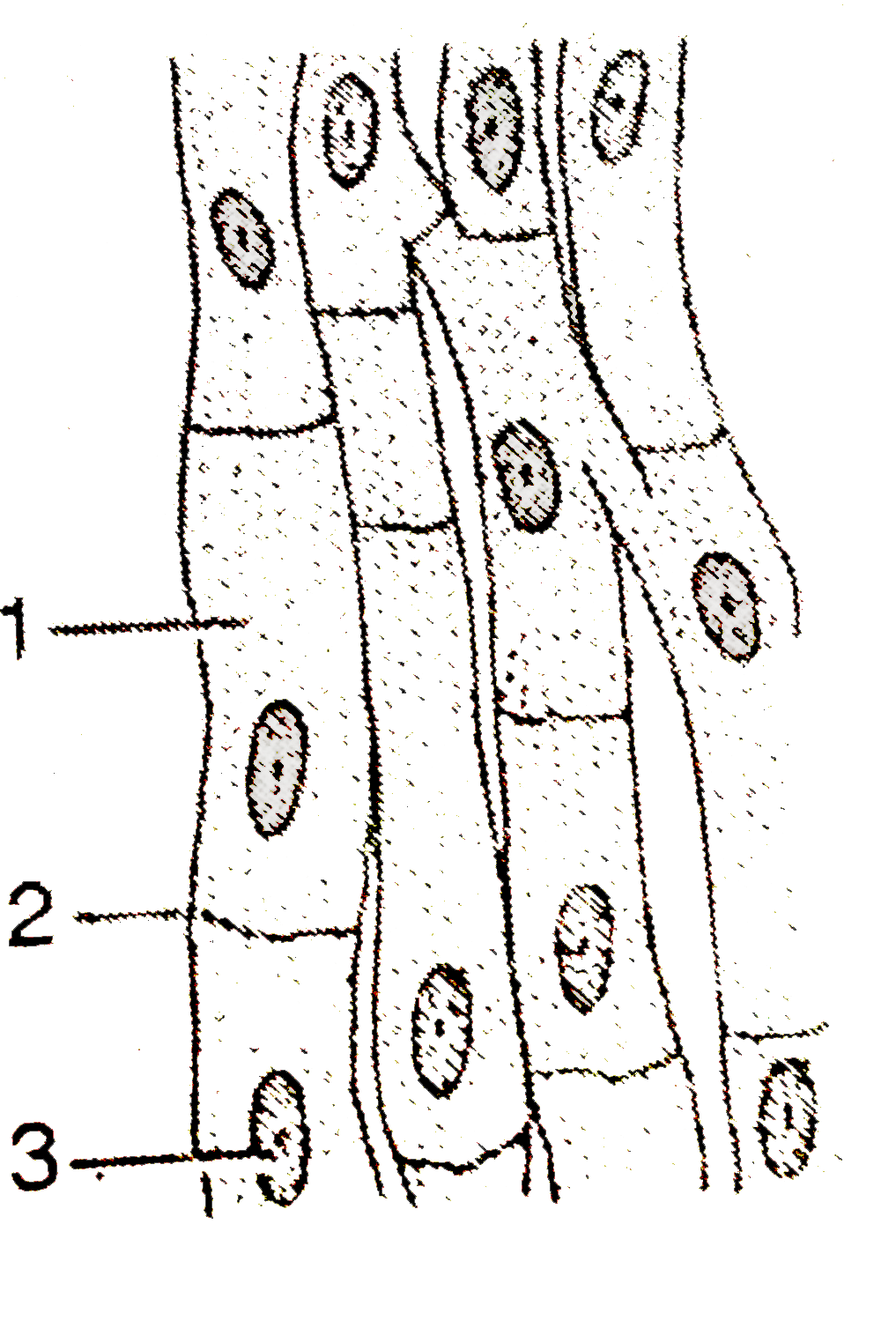 View Solution
View SolutionIn the diagram given in Figure 12.2 label the parts marked (a), (b) and (c ).
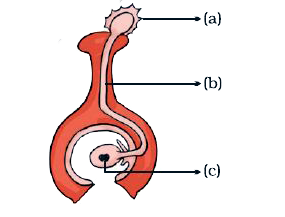 View Solution
View SolutionIdentify the part of seed marked as A.
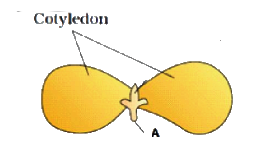 View Solution
View Solution(a) List two reasons for the appearance of variations among the progeny formed by sexual reproduction.
(b) (1) Name the part marked 'A' in the diagram alongside.
(ii) How does 'A' reaches part 'B' ?
(iii) State the importance of the part 'C'.
(iv) What happens to the part marked 'D' after fertilisation is over ?
 View Solution
View Solution


